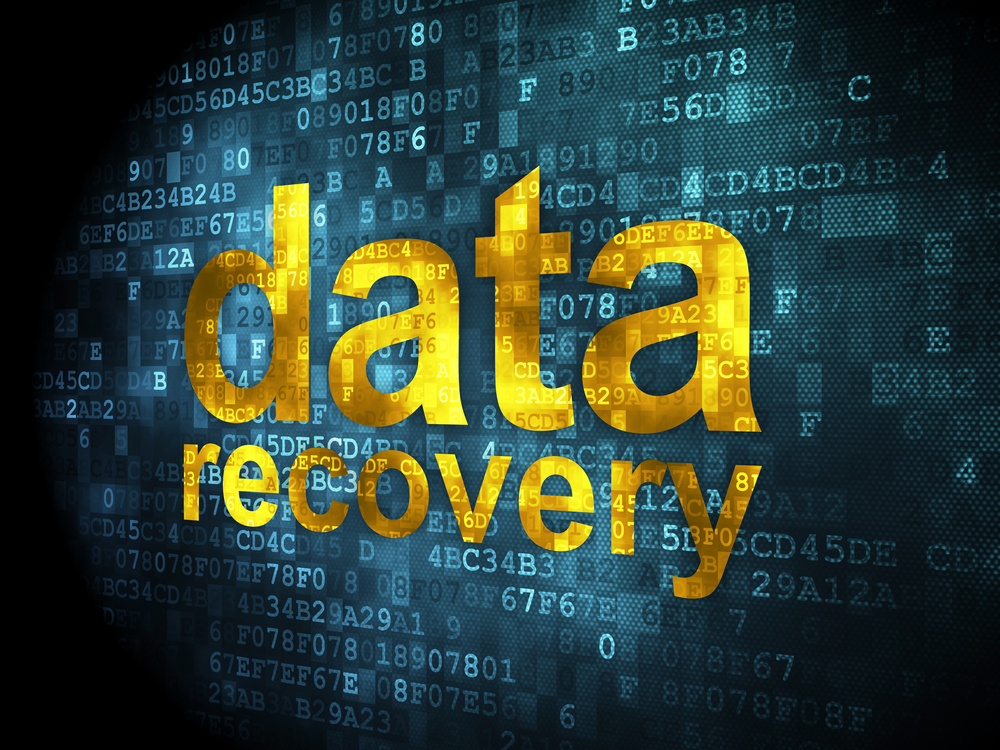When technology fails — because of viruses, hackers, system malfunctions, or even natural disasters — it can be devastating. And while you may not hear the term “tech disaster” on a daily basis, odds are these common experiences have probably happened to you or someone you know at some point in time.
It’s easy to panic when things go south and you find yourself trapped in an IT nightmare. At Tekmanagement, we’re big believers in preparing for the inevitable and making that panic a little less severe — and a lot more manageable. We’re advocates for creating your own data recovery and backup plan, and knowing exactly what steps you’ll take to get back on track when disaster (of any kind) strikes.
What is a Disaster Recovery Plan?
The main goal of a disaster recovery plan is to provide a set of clear instructions and policies on what to do should an incident occur, and how to recover or continue using the same IT infrastructure or systems after the incident has passed.
A comprehensive disaster recovery plan will cover multiple scenarios in an effort to be fully prepared. It should address what should be done in instances of natural disasters, digital malfunctions, data theft, device damage, communication failure and more.
Even though no one wants to plan for the possibility of a fire damaging company headquarters or a hacker stealing private files, it’s better to have plans in place for these scenarios rather than to be caught off guard and not know how to respond.
If a company experiences any of the above crises without a disaster recovery plan in place, it would almost certainly result in loss of time, resources and money. A company with no disaster recovery plan also faces risks of reduced productivity and possibly even business failure or closure, which is why creating a plan is imperative for the future outlook of a business.
What Should a Disaster Recovery Plan Include?
Disaster recovery plans can look different for every company, depending on the products and services they offer and the types of IT infrastructures that are used. Even though they can vary, below are four big-picture components that should be included in a disaster recovery plan in order to ensure swift recovery and minimal damage to your tech systems.
1. Hardware and Software Inventory
It can be hard to keep track of all the IT essentials needed for your company. But for the sake of future preparedness, having an inventory list of your softwares and hardwares will help you know which devices need to be recovered and which are most essential for your business operations.
List out the details of each device (including physical location, model, year and value), making sure to include whether they are company-owned, leased, or borrowed. Update the list regularly, or whenever your inventory changes.
2. Organizational Roles
One of the most integral parts of any plan is the people who make it happen. Just as there are specific jobs and tasks for people to perform within your company every day, there will be different roles that need fulfilling when enacting a disaster recovery plan.
Assign clear roles and responsibilities to your company personnel so that if a disaster does occur, people will know what to do and be able to immediately start the process of recovery.
3. Goals for Recovery
The main goal for most companies that experience a disaster is to simply recover and ensure the future success of the business. In order to achieve that big goal, however, there must first be smaller ones that can lead up to it.
Having specific, detailed goals such as minimizing economic impact, restoring damaged systems and services, and backing up all remaining systems data will act as stepping stones to eventually reach the ultimate goal of total recovery, and setting the company back on track.
4. Recovery Strategies
There are several different ways a company can dive into the recovery phase, from moving to a new cloud-based service strategy to implementing short-term fixes. Each recovery goal will have different steps during the recovery process.
Creating a detailed strategy will help your company implement a disaster recovery plan effectively, and eliminate complications that can arise when multiple voices have multiple opinions about the ways you can achieve your goals. Start the conversation now, while the added stresses of in-the-moment recovery aren’t present.
In Need of Experts to Create Your Plan?
A good disaster recovery plan can make or break the future success of your company — it’s not dramatic, it’s realistic. And we know that creating a plan with these essentials can be both a challenging and daunting task. However, there are companies like Tekmanagement dedicated to making disaster recovery plans for you, and ensuring that you can continue focusing on your business while they handle your technological needs.
We specialize in disaster recovery and backups, and have experience working with IT and numerous data recovery systems since 1983. Through Tekmanagement, you can enlist a comprehensive disaster recovery plan that will address data protection, data security, instant recovery, downtime mitigation, and system continuity. We strive to provide our customers with the best products and services available, and will act fast to be by your side when it comes to planning and recovery.
For more information on disaster recovery plans and what our Tekmanagement team can offer your business or organization, visit our Contact page and reach out to get the conversation started.


